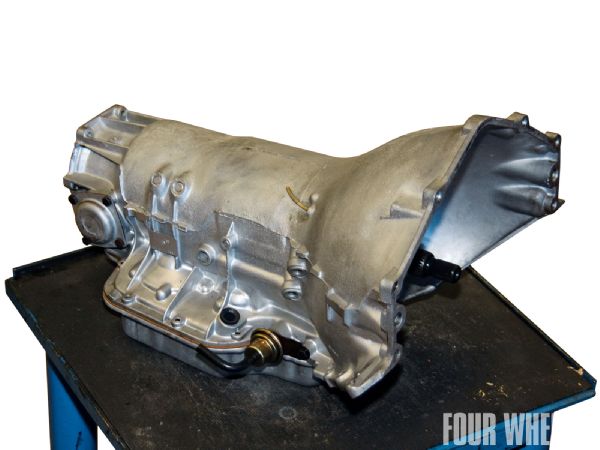
When it comes to full-size 4x4 trucks and SUVs, the General Motors Turbo-Hydramatic 400 (TH400) automatic transmission is perhaps one of the most coveted automatic transmissions in existence. Thanks to a healthy production run from 1966 to the early 1990s, core units are both plentiful in wrecking yards and easy to upgrade, thanks to a steady supply of rebuild kits and replacement parts offered through the aftermarket. Truck builders favor the TH400 over the more abundant TH350 because the internals are larger and feature more robust support hardware. The TH400 is also desirable over the TH350 (both have cast aluminum cases) due to the former's input/output shaft strength, and the fact that a TH400 has a center shaft support. For those reasons, we decided it was time to highlight a few builder tips for making the Turbo 400 the best it can be. Our plan was to swap the one shown here in place of the NV4500 manual gearbox in our newly revived project SuperBurb. As such, we wanted this transmission to handle 450 lb-ft of torque and a 7,500-pound truck without issue. We enlisted the help of Quality Transmission in Seaside, California-a shop with a knack for ensuring repeat customers. Follow along as we show off a handful of improvements everyone should consider when rebuilding a TH400 automatic.
 PhotosView Slideshow
PhotosView Slideshow




 PhotosView Slideshow
PhotosView Slideshow


 PhotosView Slideshow
PhotosView Slideshow



 PhotosView Slideshow
PhotosView Slideshow




